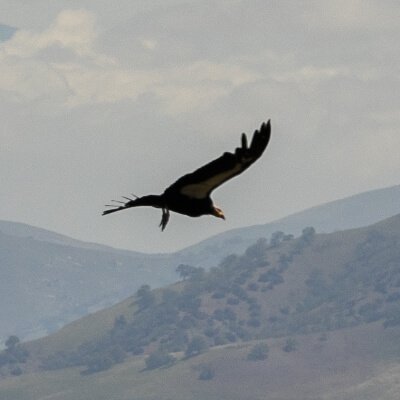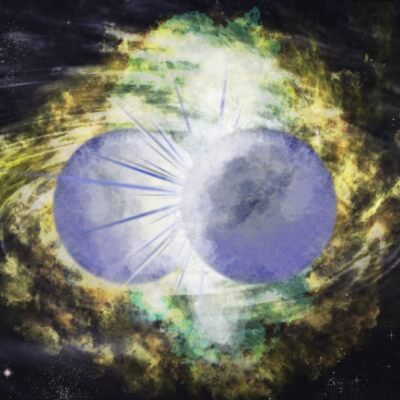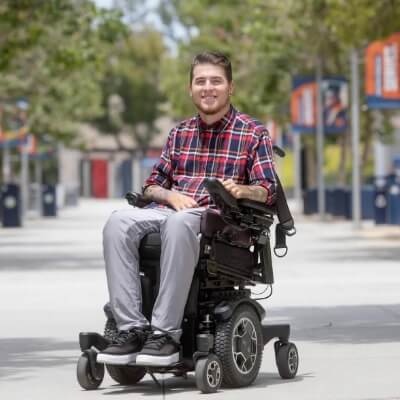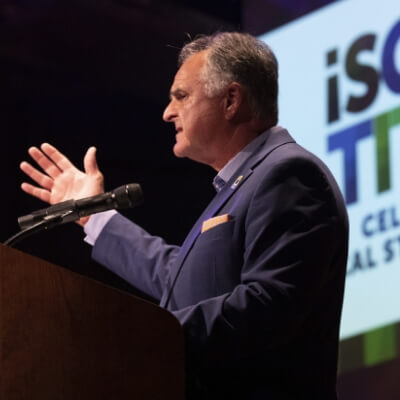“Cirque du Soleil’s shows have always amazed me with their high-level acrobatics, but more importantly the music and sound design of each of their shows,” says sound technician Anthony Murano. “The music is very whimsical and atmospheric, bringing many unique cultural instruments from around the world.”
Since joining Cirque du Soleil in 2017, Murano has worked on more than 1,000 performances with top shows “Luzia” and “Volta,” and was on the creation team of Cirque and The Walt Disney Co.’s new show, “Drawn to Life.” Transporting audiences into the inspiring world of Disney animation, the show premiered in November 2021 and was the first new production since the start of the pandemic.
As a sound technician, Murano’s responsibilities include deploying the sound system and patching microphones, amplifiers, speakers and interconnections.
“Every Cirque show uses a different sound system and different system components, which challenges us to understand a lot of different workflows and system architectures,” he shares.
The sound team of three to five technicians rotate mixing over 100 channels of audio for 2,600 audience members. Another technician is in the monitor booth mixing the live bands during the show. The team also manages the 34 wireless microphones and in-ear monitors backstage during the performances, and helps wire up the artists and band.





